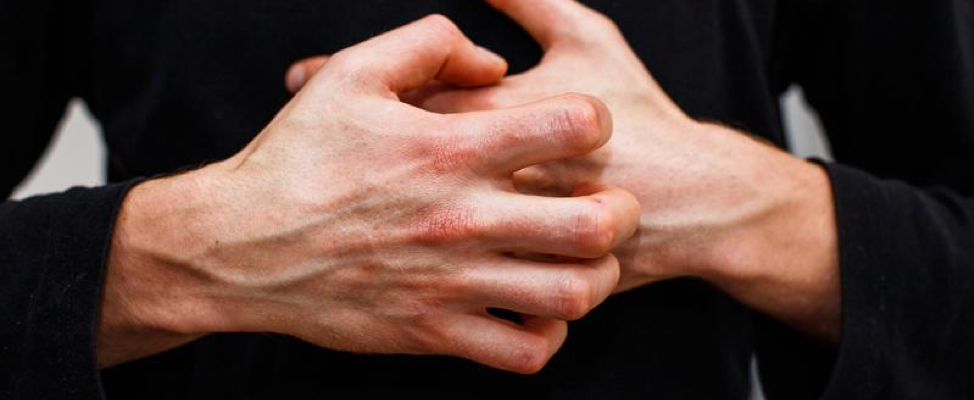Experiencing issues with your skin can be life-altering. You may not want to go out in public because you do not want people to see your skin. You may also feel constant discomfort due to your skin. Pain, itching and redness are all signs of problematic skin. However, some skin conditions may exhibit no symptoms other than being unsightly. It is important to find out what it is so that you can start treatment to alleviate some of your symptoms. One skin condition you may want to check out is Disseminated Superficial Actinic Porokeratosis.
What is DSAP?
Disseminated Superficial Actinic Porokeratosis, or DSAP, is a rare skin disease. DSAP most often affects people of European descent, although it has also been reported to affect people of other races. It is more common in women than in men. The average age which patients first notice DSAP is about 35–40 years, although age increases the likelihood for its appearance, especially if you have a family member with DSAP.
It is marked by red or discolored patches on the skin. These will be in areas where the skin has been exposed to the sun. These patches will feel extremely dry and rough. Some people report itching with this disorder, especially if the area is large or frequently exposed to the sun.
Go to a Doctor
The first step after noticing symptoms of DSAP is to get diagnosed by a doctor. Most GP’s will not be able to recognize it. You’ll have better luck at a dermatologist and even then many can’t visually diagnose it. But they can take a biopsy to get a conclusive diagnosis.
Treatment
Unfortunately, at this time, there is no known cure for DSAP. However, there are ways to reduce the symptoms of the disorder, including laser therapy, red light therapy and some prescription topical creams. You should speak at length with your doctor about your treatment options. It is also important that you join a DSAP group, which can help provide you with comfort and support after your diagnosis, there is a very good group on facebook you can join. The group can also share with you treatment options that they have found to be helpful.
If you have dry itchy patches on your skin, you will want to consult with your health care professional. He or she can determine the next steps you should take to get relief from whatever condition you may have.


I have been to numerous doctors and finally have a doctor who diagnosed DSAP I am not sure if they are correct it’s driving me crazy I need a cure
My doctor diagnosed it immediately. I was impressed . I remember seeing it on my mom.